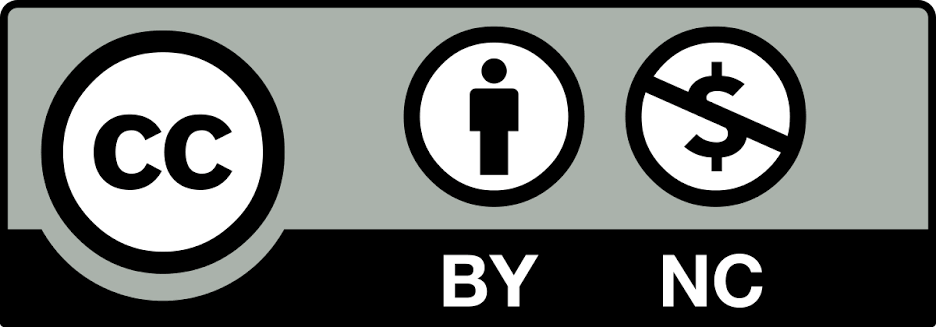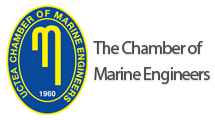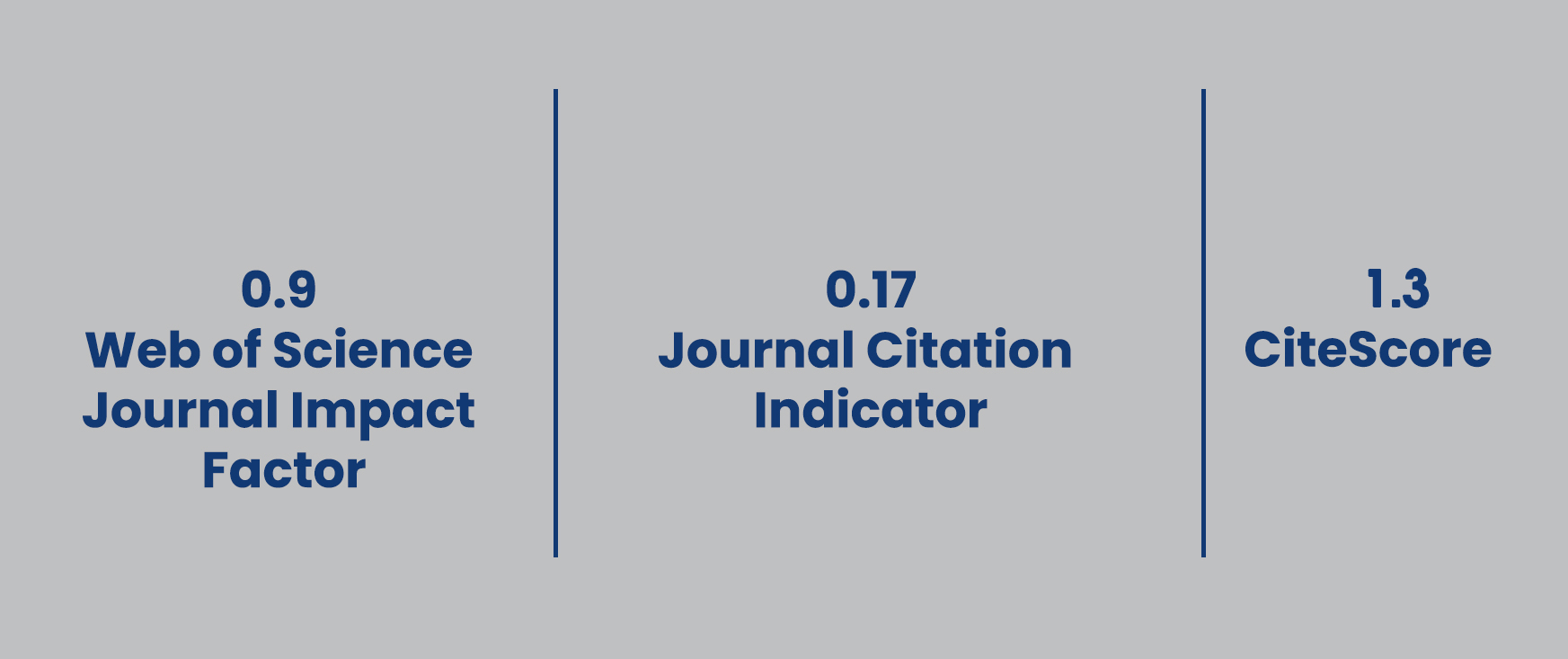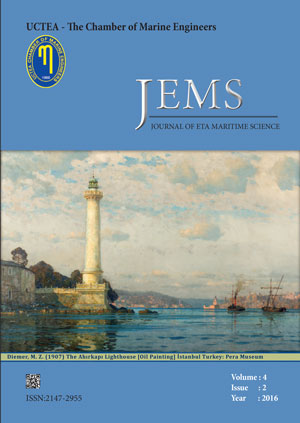

JEMS apply the Creative Commons Attribution NonCommercial 4.0 International Licence to all manuscripts to be published
ABSTRACTING & INDEXING
Volume: 4 Issue: 2 - 2016
| EDITORIAL (ED) | |
| 1. | Editorial Selçuk Nas doi: 10.5505/jems.2016.22043 Pages 103 - 104 Abstract | |
| FULL TEXT | |
| 2. | Journal of ETA Maritime Science (Volume: 4 Issue: 2, 2016) Pages 103 - 188 Abstract | |
| ORIGINAL RESEARCH (AR) | |
| 3. | A Research on Effects of New Technologies and Alternative Fuel Applications on Air Pollution and Tugboat Production Murat Yapıcı, Birsen Koldemir doi: 10.5505/jems.2016.30602 Pages 105 - 112 Today, maritime transport is continuing to increase in intensity. This intensity leads to increase in port mobility. For the realization of safe ship maneuvering in ports, the need for tugs capable of optimum maneuverability has increased. The main purpose of tugboat is to provide the docking safety by increasing the maneuverability of vessels, to accompany the ship or the movement of floating structures without machine power. Tugboats have been great advances in providing safety for propeller and propulsion systems from the 18th century until today. According to usage purpose, tugboats serve seas, rivers, channels such as the throat or narrow waterway, near and far distance in the shipyards and harbors. Pulling and pushing force of tugboats are extremely high. Ability of services are increasing tugboat tonnage day by day. Besides, the use of new technology and alternative fuels such as LNG showed a positive development in terms of greenhouse gas by providing 92% NOx, 20% CO2, 98% particle reduction in emissions. The total tug emissions during maneuvers in 105 minutes; 8,324 kg of NOX, 745.554 kg of CO2, CO 1.112, 0.178 SO2 are exhausted to the atmosphere. Needs of new generation harbor tugs are due to growing tonnage of vessels. In this study, alternative fuels and new technologies were examined in terms of mechanical strength and reducing gas emissions. Solutions and deficiencies are identified. |
| 4. | Ergonomic Analysis Of Navigation Bridge Design: A Qualitative Study On User Perception Erdem Kan, Hakkı Kişi doi: 10.5505/jems.2016.09609 Pages 113 - 133 Recent technological advancements have greatly contributed to the further improvement of shipping industry. This improvement, however, has brought about highly sophisticated working environment on ship bridges. One of the basic difficulties encountered in such environment has been shortage of effective harmony between users of ship bridges and machines used on ship bridges. As a consequence, user friendly bridge designs have been needed. To create such designs, utilizing ergonomic principles has been essential. Ergonomic bridge designs are likely to protect the mental and physical health of ship bridge users and improve the bridge working conditions. The improved conditions, in return, are most likely to help shipping industry attract qualified human resources. Besides, the safer working conditions on bridges will minimize the human errors and likely risks of accidents, also preventing environmental disasters and economic losses. The purpose of this study is to determine the difficulties encountered on ship bridges and develop effective proposals to mitigate these difficulties. To do this, a semi-structured interview has been conducted through a group of well-experienced Turkish mariners. The data collected have been evaluated by means of content analysis.The analysis reveals that the perceptions of ship bridge users of working conditions have some negativity. Based on the results, certain proposals have been developed to improve these conditions. |
| 5. | A Qualitative Study On Nutrition Of Turkish Seafarers Serdar Kum, Timur Boşnak doi: 10.5505/jems.2016.20591 Pages 135 - 147 There is no doubt that Seafarers working conditions are much more difficult than any other occupation. Especially 7/24 in certain periods (usually 3/6/10 months) the basic needs of seafarers working and living on board (housing and feeding conditions) are a crucial matter to be met. The things in terms of right dieting, and suggestions are mentioned to be healthy and to live healthy. For this reason, World Health Organization (WHO) publishes Seamen Health Guide. The purpose of this research is to determine the dietary habits of the Turkish Seafarers on board. So whether it is in accordance with international standards and how nutritional conditions can be improved on board has been considered. To carry out these objectives a questionnaire survey has been prepared and applied to 60 Turkish Seafarers who work in different tasks. Considering the results obtained by the survey, generally, it was found that Turkish Seafarers pay attention to the food and drink they eat in order to be healthy, and stay healthy. The data obtained demonstrates that they are trying to stay away from harmful foods and drinks as much as they can. |
| 6. | Exergy Analysis of the Refrigerating System of a Ship Operating in Variable Sea Water Temperature Conditions Veysi Başhan, Adnan Parlak doi: 10.5505/jems.2016.55264 Pages 149 - 155 Exergy destructions of refrigerating system components are calculated in this study by carrying out exergy analysis of a vapor compression refrigeration system on board a ship which operates on variable sea water temperature conditions. The effects of evaporation temperature corresponding to sea water temperature, condensation temperature, sub-cooling, superheating and compressor outlet pressure variances on COP, the 2nd Law efficiency and exergy destruction are parametrically examined. R134A was used as the refrigerating agent in the vapor-compression cooling system. As a result of the study, it was observed that exergy destructions reduce while COP and 2nd Law efficiency increase when sea water temperature decreases. While COP, 2nd Law efficiency and total exergy destruction are found as 2.79, 65%, and 10.87 kW respectively at 40 °C sea water temperature; the values have been calculated as 5.35, 89%, 7.55 kW respectively when sea water temperature is decreased to 18 °C. It was observed that the maximum exergy destructions of the refrigeration system occur in the compressor and in the expansion valve. |
| 7. | Evaluation of The Pyhsical And Pyhsiological Parameters of The Maritime Pilots In Respect of Occupational Qualification And Safety Erkan Günay doi: 10.5505/jems.2016.25743 Pages 157 - 163 When occupational accidents of the maritime pilots are examined throughout the world, it can be seen that a significant portion of these accidents occur while the pilot is on the pilot ladder. It was observed that most of these accidents, in the form of getting jammed and falling, has resulted in serious injuries and death. These data reveal that the overall physical conditions of the pilots are very important in regard of their professional qualifications and occupational safety. The aim of this study is to conduct a field research to evaluate the physical and physiological conditions of the maritime pilots with regards to their professional qualifications and serve the outcomes to the relevant literature and working group in this area. Nineteen healthy maritime pilots and trainees (aged 36-56yrs) were volunteered to this study. Physical parameters as height, weight, body mass index (BMI) were measured. Cardiopulmonary endurance of the participants relating to the pilot ladder movements, which is one of the hazards for occupational safety, were measured. A 3-minute submaximal step test (YMCA) was employed to calculate the maximum oxygen consumption capacities (VO2max). Study was conducted in the education period of the maritime pilots in Dokuz Eylul University in 2015. The results of the study revealed that the BMIs of the maritime pilots were over the normal range as per the World Health Organization Norms. Moreover, VO2max values of the participants were also lower (35ml/kg/min) than average. As a conclusion, it can be said that general physical conditioning of the pilots and trainees should be evaluated, monitored and improved if required. Regular physical training planned for such purpose may be preventive against accidents and injuries. In addition, it is advised that the selection of the trainee pilots can be considered with a more multidisciplinary manner. |
| 8. | Performance Measurement and Evaluation of a Marine Diesel Engine Adnan Parlak, Görkem Kökkülünk doi: 10.5505/jems.2016.78942 Pages 165 - 173 It is significant that marine diesel engines should be run in accordance with factory or sea trial tests from the point of power and fuel consumption. It might not be possible to measure directly the power over the engine at the required load ranges. This is acceptable for both generator engine and main engine. In classical performance evaluation, compression pressure, maximum pressure, exhaust temperature and fuel pump index values are measured during operation. However, it is not possible to find the real reason of the fault in case of deterioration in the performance values. By solving the faults with palliative methods, far greater engine faults occurred in medium and long term due to the fact that the engine cannot be kept in high performance conditions. In this study, the parameters affecting the power and fuel consumption are evaluated by using p-V (Pressure-Volume) and p-θ (Pressure-Crank Angle) diagrams and the solution methods that improve performance are discussed. |
| 9. | Turkish Republic of Northern Cyprus Vessel Traffic Services (TRNC-VTS) Serdar Kum, Mehmet Emin Debeş doi: 10.5505/jems.2016.66376 Pages 175 - 187 The first Vessel Traffic Service (VTS) started in 1949 in the Liverpool Port (UK) and it continued in Netherlands in 1956. In Turkey, planning and management of the marine traffic by using the waterways and ports in Turkey that started with Turkish Straits VTS which came into service in 2003 together with the increase in traffic density enhance its effectiveness and the necessity every year. Feasibility studies in five new areas have been initiated for the establishment of the VTS system by force of the strategic decision taken by the maritime authority in 2008. These areas are; Izmit Bay, Izmir Bay and Aliaga Region, Gulf of Iskenderun and Mersin. Monitoring of the marine traffic has an important place as the Turkish Republic of Northern Cyprus (TRNC) is an important transition point in the Eastern Mediterranean region. For this reason, the establishment of a VTS to be located in the TRNC with this study with Environmental (PEST: Political, Economic, Social, Technological) and SWOT (Strengths, Weakness, Opportunities, Threats) Analysis are performed. In addition, the possible locations of Traffic Monitoring Stations (TMS) have been carried out by the field study. Evaluation of TRNC VTS in geographical and strategic terms will benefit from the opportunities and facilities that both the Republic of Turkey and the TRNC will have as a part of the effect of VTS against the embargo imposed on the TRNC in the world. Three appropriate VTS TMSs have been chosen as a result of the field study carried out for 10 determined TMSs; Cape Kormakitis, Cape Apostolos Andreas and Famagusta. It is also concluded that it would be appropriate to plan the Famagusta Station as VTS Centre. It is assumed to monitor and track the vessels in the zones out of the coverage area of these stations by Automatic Identification System (AIS). Safety and security in the shipping, protection of navigation, life, property and the marine environment of the region will be enhanced by monitoring the vessels passing particularly through this region and by making use of the opportunities provided by technology in accordance with national and international regulations. |










